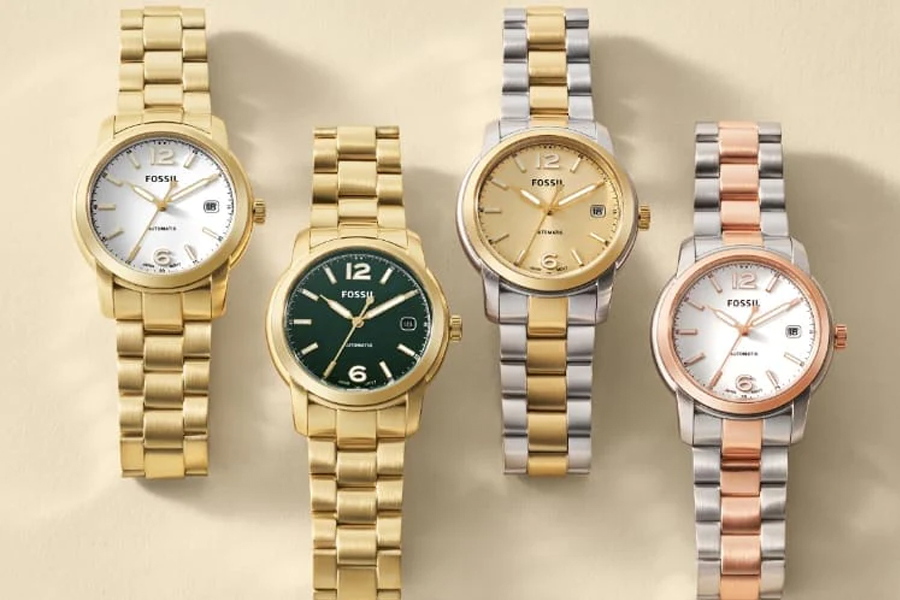Timeless Beauty: Exploring the World of Women’s Watches.
Introduction: Watches have long been admired for their functional and aesthetic qualities. While traditionally associated with men, the world of women’s watches has evolved significantly over time, offering a wide range of designs that combine elegance, craftsmanship, and sophistication. In this exploration of women’s watches, we will delve into the history, trends, and considerations that make them a symbol of timeless beauty.
The Evolution of Women’s Watches: 1.1 Early Beginnings:
Watches as accessories for women in the 16th to 18th centuries.
Ornate pocket watches and pendant watches.
Emphasis on decorative elements and gemstones.
1.2 The Rise of Wristwatches:
The transition from pocket watches to wristwatches in the late 19th century.
Role of Women during World War I in popularizing wristwatches.
Increasing demand for smaller, more delicate designs.
1.3 Women’s Watches in the Modern Era:
The advent of the quartz movement and its impact on watch design.
The influence of fashion and luxury brands in creating women’s watches.
Emphasis on versatility and functionality, blurring the line between dress watches and sports watches.
Design and Aesthetics: 2.1 Case Materials:
Traditional materials like stainless steel and precious metals.
The use of ceramic, titanium, and high-tech materials for durability and lightweight options.
Integration of gemstones and diamonds for a touch of luxury.
2.2 Dial and Display:
Various dial shapes, from classic round to square, oval, and tonneau.
Consideration of legibility, balance, and the inclusion of complications.
Different types of displays: analog, digital, or a combination of both.
2.3 Straps and Bracelets:
Leather, fabric, and metal straps as popular options.
Integration of interchangeable straps for versatility.
Integration of bracelets for a more jewelry-like appearance.
Complications and Features:
Time-only watches versus watches with complications (e.g., chronographs, moon phases, tourbillons).
Practical features like date displays, dual time zones, and water resistance.
Smartwatches and their integration of advanced technologies.
Iconic Women’s Watches:
Highlighting iconic timepieces that have made a mark in history.
Examples include the Cartier Tank, Rolex Datejust, Omega Constellation, and more.
Trends in Women’s Watches:
Current trends in watch design, include minimalist aesthetics and oversized dials.
Growing popularity of women’s mechanical watches.
Role of celebrities and influencers in shaping watch trends.
Buying Considerations:
Factors to consider when purchasing a women’s watch, such as budget, lifestyle, and personal style.
Understanding different movement types (quartz, mechanical, automatic) and their implications.
The significance of reputable brands and warranty considerations.
Conclusion: Women’s watches have come a long way, evolving from mere timekeeping devices to exquisite accessories that blend fashion, functionality, and craftsmanship. Whether seeking a classic, minimalist design or a statement piece adorned with diamonds, there is a watch for every woman. By exploring the history, design elements, and trends in women’s watches, one can truly appreciate the timeless beauty they offer and find the perfect timepiece to reflect their individuality and style.

